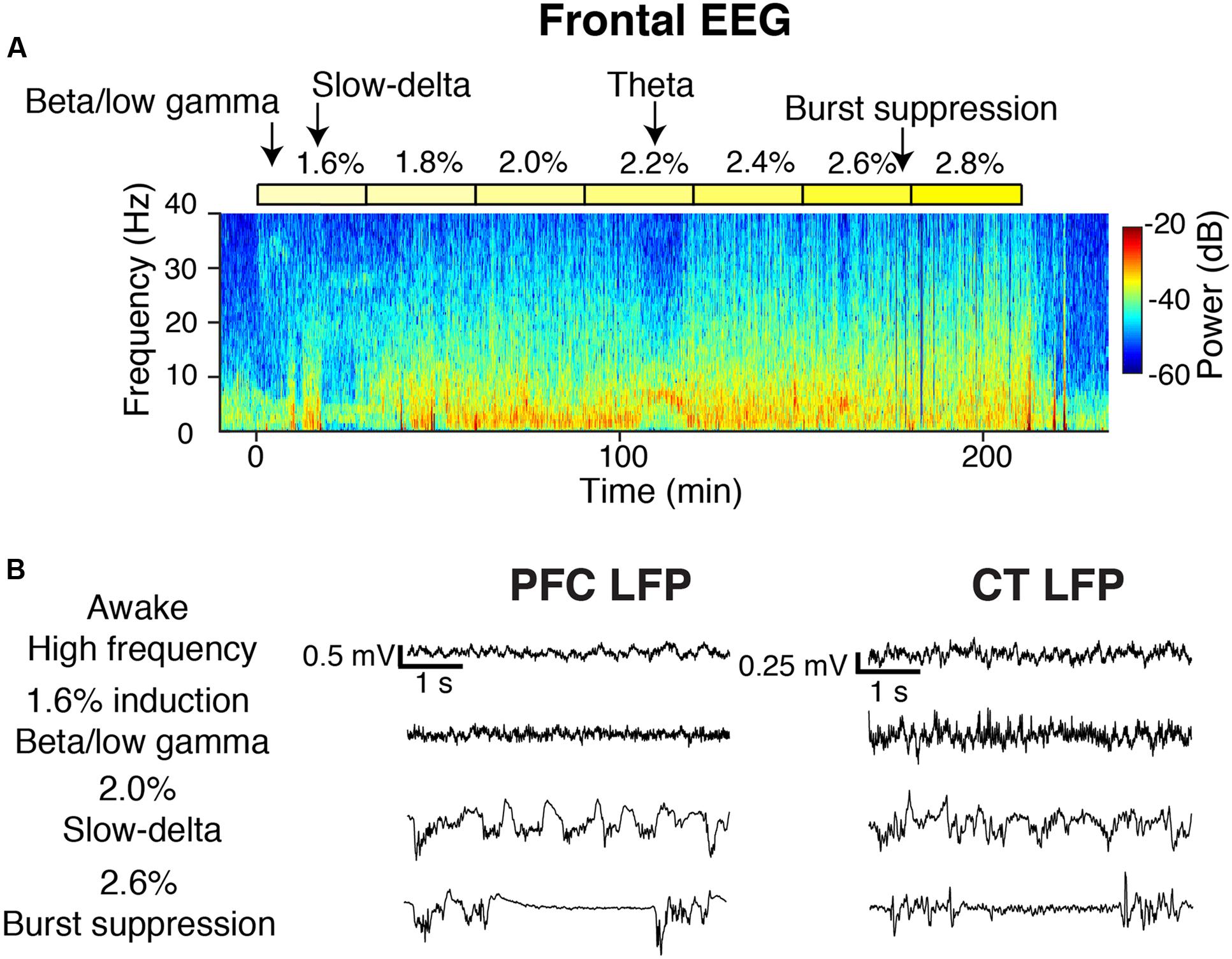Investing in the stock market can be an exciting and potentially lucrative endeavor. However, it’s important to remember that with great returns comes great risk. That’s where low beta exchange-traded funds (ETFs) come into play.
In this article, we will explore what low beta is and why it’s important, how ETFs can be utilized in low beta investing strategies, and which are the top low beta ETFs available in the market today.
What is Low Beta and Why is it Important?
Beta measures a stock or investment’s volatility compared to the overall market. A value below 1 suggests lower volatility, making it less risky and more stable. Low beta investments provide downside protection during market downturns and offer stability in both bull and bear markets.
They are attractive for long-term investors seeking consistent returns and wealth preservation. Understanding low beta helps investors assess risk and make informed portfolio decisions.
ETFs and Their Role in Low Beta Investing
ETFs, or exchange-traded funds, have gained popularity in recent years for their unique characteristics and benefits. These investment vehicles trade on stock exchanges and provide investors with diversified exposure to a portfolio of assets. When it comes to low beta investing, ETFs are essential.
One advantage of using ETFs for low beta strategies is the instant diversification they offer. By holding a basket of securities within a single fund, ETFs help mitigate risk and reduce the impact of individual stock performance on the overall portfolio.
In addition, ETFs are cost-effective compared to traditional mutual funds. With lower expense ratios, they provide investors with a more affordable option for achieving their low beta investment goals.
Furthermore, ETFs allow targeted exposure to specific sectors or industries without buying individual stocks. This targeted approach aligns with specific investment goals and risk tolerance when constructing a low beta portfolio.
Lastly, unlike mutual funds that price at the end of each trading day, ETFs can be bought and sold throughout the trading day at market prices. This liquidity and flexibility make them ideal for adjusting positions based on market conditions or changing investment objectives.
Overall, ETFs play a crucial role in low beta investing by offering instant diversification, cost-effectiveness, targeted sector exposure, and flexibility throughout the trading day.
Analyzing Performance of Low Beta ETFs
Analyzing the performance of low beta ETFs is essential before making investment decisions. By examining historical returns, investors can gain insights into how these funds have behaved in different market conditions. Consistency is a key factor to consider, as it indicates stability and reliability over time.
Comparing a low beta ETF’s performance to its benchmark index helps identify funds that consistently outperform while exhibiting lower volatility. Additionally, evaluating how a low beta ETF performs during market downturns provides insights into its resilience as a risk management tool.
Overall, analyzing performance allows investors to select suitable low beta ETFs that align with their goals and risk tolerance.
Factors to Consider When Selecting Low Beta ETFs
When selecting low beta ETFs, there are three key factors to consider: expense ratio and fees, fund size and liquidity, and diversification across sectors and industries.
Evaluate the expense ratio, which represents the annual fee charged by the fund for managing your investment. Lower expense ratios can lead to higher net returns. Choose low beta ETFs with competitive expense ratios that align with your investment goals while keeping costs in check.
Consider the size of the low beta ETF and its average daily trading volume. Larger funds tend to have more assets under management, enhancing their liquidity and reducing trading costs. Higher trading volumes indicate greater liquidity, making it easier to buy or sell shares without significantly impacting their price.
Assess the level of diversification offered by a low beta ETF across sectors and industries. A well-diversified portfolio reduces vulnerability to industry-specific downturns. Look for low beta ETFs that provide exposure to multiple sectors rather than being heavily concentrated in one area.
By considering these factors, investors can make informed decisions when selecting low beta ETFs that align with their investment goals and increase their chances of achieving desired returns.
Top Low Beta ETFs in the Market Today
For investors seeking stability and lower volatility in their portfolios, low beta ETFs are an attractive option. These exchange-traded funds focus on stocks with historically lower volatility, providing downside protection during market downturns. Let’s explore three of the top low beta ETFs available today:
-
Vanguard Low Volatility Index Fund (VLLVX): This fund tracks the CRSP US Large Cap Value Index and targets low beta stocks within the large-cap value segment. It consistently exhibits lower volatility compared to its benchmark index, making it resilient during market downturns.
-
iShares Edge MSCI Minimum Volatility USA ETF (USMV): Designed to replicate the performance of the MSCI USA Minimum Volatility Index, this ETF invests in stocks with lower levels of volatility relative to their peers. It has a risk optimization process that emphasizes low volatility while maintaining diversification across sectors.
-
Schwab U.S. Large-Cap Value ETF (SCHV): Tracking the Dow Jones U.S. Large-Cap Value Total Stock Market Index, this ETF invests in undervalued large-cap stocks with lower volatility compared to the overall market. It consistently exhibits lower beta and focuses on value stocks with historically stable returns.
These top low beta ETFs offer potential for stability and downside protection in investor portfolios. With their diverse investment strategies and focus on lower volatility stocks, they aim to deliver consistent returns while minimizing overall portfolio risk.
Additional Considerations for Investing in Low Beta ETFs
Investing in low beta ETFs requires careful consideration of several factors. One important aspect is the tax efficiency of these ETFs, as some may generate capital gains distributions that could impact investors’ taxes.
It’s advisable to choose low beta ETFs with a track record of minimizing taxable events through effective portfolio management techniques.
Another crucial consideration is the need for periodic rebalancing and monitoring. Investors should regularly assess the performance of their low beta ETF holdings and make adjustments if they deviate significantly from their target weights or if market conditions change.
Additionally, liquidity should be taken into account when selecting low beta ETFs. Evaluating the average daily trading volume can help investors ensure that they can buy or sell positions efficiently without facing high transaction costs or limited market activity.
By considering these additional factors alongside the core principles of low beta investing, investors can make more informed decisions and effectively manage their portfolios for long-term success.
Conclusion
Investing in low beta ETFs presents a compelling opportunity for individuals who prioritize stability and consistent returns in their investment portfolios. By understanding the concept of low beta and harnessing the benefits of ETFs, investors can construct well-diversified portfolios that align with their investment goals and risk tolerance.
When considering low beta ETFs, it is important to take into account various factors such as expense ratios, fund size, liquidity, and sector diversification. These factors play a crucial role in selecting the most suitable options.
Additionally, analyzing historical performance and comparing different ETFs can help ensure that they have consistently delivered favorable results across various market conditions.
Thorough research is paramount before making any investment decisions. It is essential to carefully analyze individual investment objectives and seek professional advice if necessary. With a thoughtful approach and informed decision-making process, investing in low beta ETFs can be a valuable addition to one’s overall investment strategy.
Investors seeking stability may find low beta ETFs particularly attractive. These funds tend to exhibit lower volatility compared to the broader market, making them suitable for conservative or risk-averse investors.
The lower volatility nature of these ETFs can provide some protection during turbulent market periods while still offering the potential for reasonable returns.
Furthermore, investing in low beta ETFs allows investors to gain exposure to specific sectors or asset classes while reducing the overall risk associated with individual securities. This diversification benefit helps mitigate concentration risk and provides a more balanced investment approach.
[lyte id=’xUbJ21WcUWA’]






